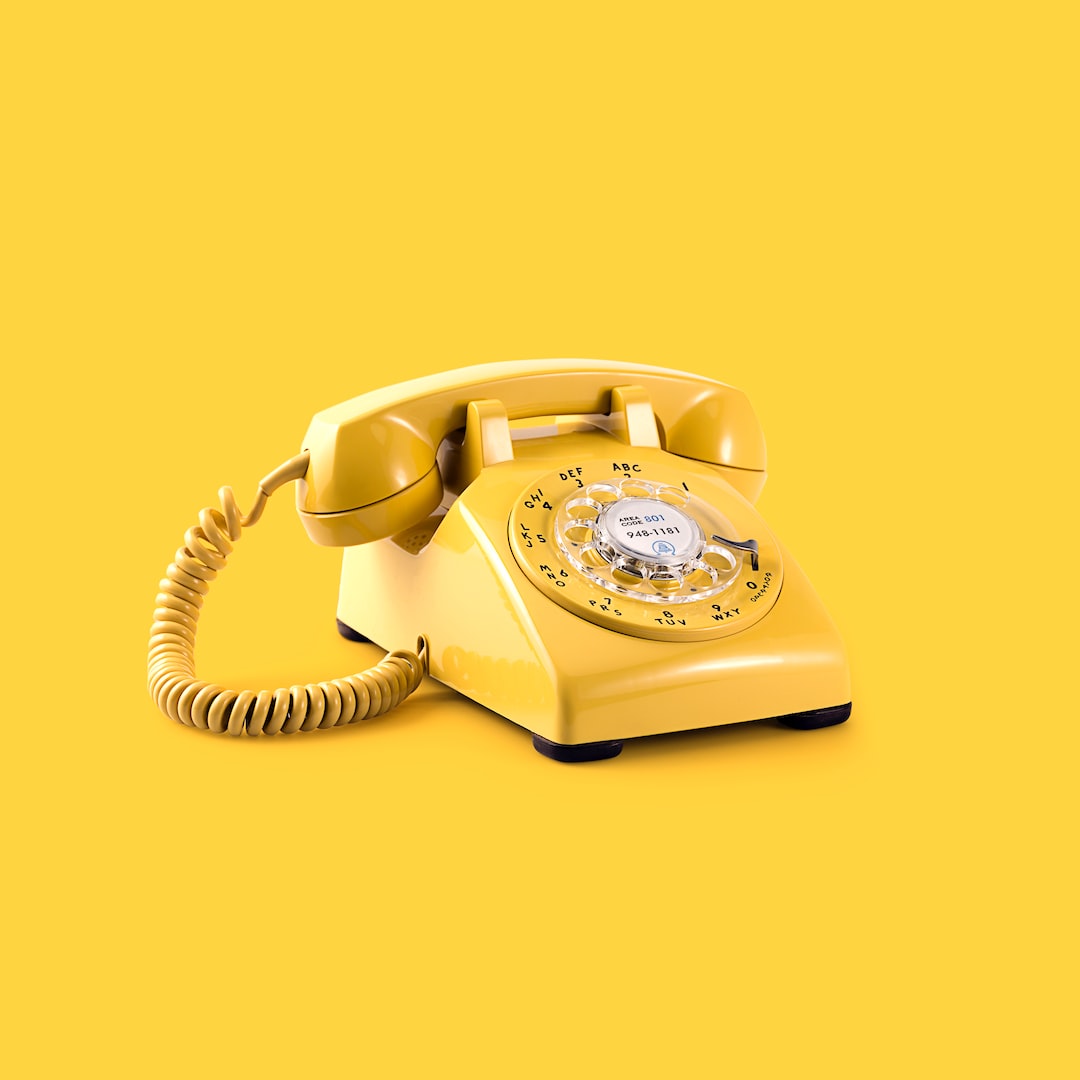Minimalism in Design: Less is More
In a world cluttered with excess, simplicity is a breath of fresh air. Minimalism, as a design philosophy, has gained popularity in recent years, and for good reason. The concept of “less is more” is not only aesthetically pleasing, but it also promotes a sense of calmness, clarity, and purpose. In this blog post, we will explore the principles of minimalism in design and why it has become a movement embraced by many.
At its core, minimalism is all about removing the unnecessary and eliminating distractions. In design, this translates to clean lines, ample white space, and a focus on content rather than ornamentation. By stripping away all the superfluous elements, the essential aspects of a design are emphasized, leading to a more impactful and memorable experience.
One of the main benefits of minimalism in design is the ability to communicate a message clearly and effectively. When a design is cluttered with numerous elements, it becomes challenging for the viewer to discern the intended message. On the other hand, minimalistic designs allow for a direct and unambiguous communication of ideas. By using only what is necessary, designers can create a strong visual hierarchy that guides the viewer’s attention and ensures that the message is easily comprehensible.
Furthermore, minimalism lends itself well to usability and functionality. A clutter-free design makes it easy for users to navigate and interact with a website, app, or physical product. With fewer distractions, users can focus on the main purpose of their interaction, whether it is finding information, making a purchase, or engaging with content. This simplicity in design ultimately enhances the overall user experience.
In addition to its functional benefits, minimalism also has a profound impact on our well-being. The world we live in bombards us with information, images, and stimuli. From social media platforms to billboards, our attention is constantly being pulled in different directions. Minimalism provides a respite from this overwhelming sensory overload by creating a sense of calm and tranquility. By removing unnecessary elements and reducing visual noise, minimalist designs offer a visually soothing experience that promotes mindfulness and reflection.
Minimalism is not just limited to digital design. It has also made its mark in the field of architecture and interior design. Clean lines, open spaces, and simple color palettes are characteristic of minimalist architecture. This style embraces the concept of “form follows function,” emphasizing the purpose of a space over unnecessary embellishments. Minimalist interiors, with their focus on decluttering and organization, promote a sense of serenity and can even have a beneficial impact on mental well-being.
However, it is important to note that minimalism is not synonymous with blandness or lack of creativity. In fact, minimalism requires a thoughtful approach and careful attention to detail. Designers must find the perfect balance between simplicity and visual interest, ensuring that the design remains engaging and unique.
When applied to branding and marketing, minimalism can be a powerful tool. Companies often strive to create memorable and recognizable brands, and minimalistic designs can achieve this effectively. The Nike swoosh, for example, is a prime example of a minimalist logo that has become iconic and instantly recognizable worldwide. By utilizing minimalism, brands can create a strong visual identity that is both visually pleasing and easily remembered.
In conclusion, minimalism in design is a philosophy that has gained momentum due to its ability to convey messages clearly, enhance usability, promote well-being, and create visually appealing experiences. By eliminating the unnecessary and focusing on essential elements, designers can create impactful and memorable designs that stand the test of time. Whether it is in digital design, architecture, or branding, minimalism proves that sometimes, less is indeed more. So, let us embrace simplicity and find beauty in the minimalist approach to design.
